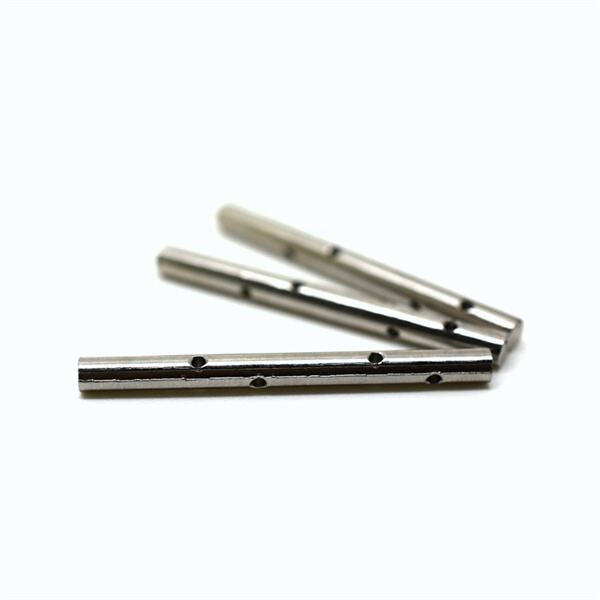Stainless Steel Shafts are something you will come across every day. They can be found all around the place in multitude of applications even down to cars! In the following text, we are going to find out why steel shafts became common and what makes them long lasting as well. also how they can be used differently with different applications also some of their advantages and finally; How you should keep your stainless-steel shaft so it keeps on working for a very good time!
There are many reasons why stainless steel shafts have always been a favourite. This in part, or mostly due to the fact that They are so strong and they will last forever. That is something that they are built to withstand and this allows them too be used over the period of years without breaking down. And they do not rust, an added benefit. Even though rust is one of the most inevitable deterioration elements for metallic parts that have entried water or come into contact with chemicals, stainless steel does not corrode. Which also makes it great for wet/dirty areas and around harsh chemicals. For this reason you can find stainless steel in both super heated and freezing temperatures as an additional benefit. This enables to be utilised in temperature controlled environment machines and equipment, all these characteristics together make it a dependable option for numerous industrial purposes.
It is extremely rust-resistant, which leads to this material being used quite heavily in the making of shafts. Rust causes machines and parts to wear out more quickly… rustproofing Work|min)}} Stainless steel is good in a wet area because it means you don't need to worry about maintenance so much since stainless cannot rust. This extends the life of your shafts, cutting down costs and time needed to replace them. Since no regular maintenance is needed, you can concentrate on other critical jobs instead of replacement parts.

A stainless steel shaft is an incredibly versatile option and something that can be used in a number of different ways. For instance, they may be working as the drive shafts in machinery and aids them to move or at moving pieces that needs rotation offer support -tightening bearings. Stainless steel shafts also widely used in cars and airplanes as parts like engine probes, main propeller components. However, the best part about these shafts is that they are customizable and can be used based on different needs making them very purpose-specific where almost all sections of the industries use it in a grand way. From manufacturing smaller accessories for light machines to larger components within heavy equipment, stainless steel shafts can be custom made…processed as needed ….for a entirely specific application.

Stainless Steel Shafts — Advantages over Alternative materials I And the first benefit comes is they are rust-proof. Because of this, they work exceptionally well with applications that must be wet or in contact with acidic materials. One more characteristic is that they are very clever and tough. That means that they will not break or wear prematurely; even though it is rainy with a mind of its own. Also, the stainless steel shafts are easy to maintain and they last for a very long time. It does not require them to dedicate extensive time and resources ensuring they are operational.

For those with stainless steel shafts, there are multiple ways to maintain your one time purchase. For starters, never let anything rust by keeping them in a dry location. Most of these materials are rusty and moisture is the larger contributor to rust so keep them as dry as possible. Next, you should be inspecting the shafts for wear and tear or damage as it is one of good best practice. This way there are no surprises and you can handle it quickly before a small problem turns into a larger one. The last step will be a maintenance, which is to clean the shafts regularly in order to avoid rusting from accumulation of dirt and dust over time. A quick wipe-down can do wonders for their longevity.

Copyright © Huizhou Jiyan Hardware Co.,Ltd All Rights Reserved | Privacy Policy